
— October 30, 2025
Forklifts and telehandlers are specialized machines that are used for raising and lowering loads to and from high areas. While forklifts are compact and used primarily inside warehouses and storage facilities, telehandlers are much more versatile.
If you’re considering renting or purchasing a forklift or telehandler, then there are a few things you should consider. First, it’s important to understand the function of each machine and how they differ.
A forklift is a type of specialized machine used to lift and move heavy loads across short distances. Forklifts have a pair of forks that raise up and down, allowing them to lift materials such as pallets and boxes vertically. They are most commonly used indoors in warehouses, storage facilities and factories.
Compact, lightweight, affordable to maintain, easy to operate, easy to maneuver in tight spaces.
Not very versatile, cannot tolerate very large loads, don’t drive across uneven terrain, limited to very controlled environments, cannot reach over obstacles.
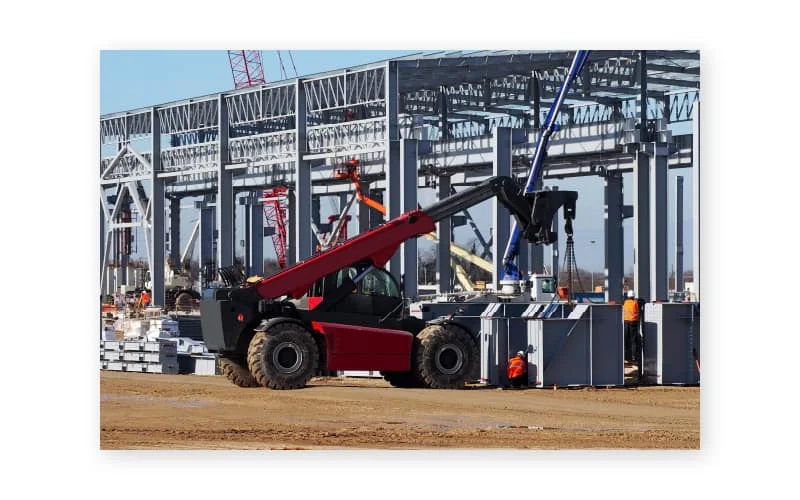
A telehandler, sometimes called a telescopic handler, is a heavy equipment machine designed for lifting and moving heavy loads across great distances. Unlike forklifts, a telehandler has a telescopic boom arm that extends forward and upward, allowing it to reach higher heights and over obstacles. They are commonly used in construction, agriculture and other applications where loads need to be transported over challenging terrain.
Can lift very heavy loads, versatile and work with a number of attachments, can be driven long distances, handles challenging terrain with ease, can reach over obstacles.
Larger vehicles, not very maneuverable in indoor settings, harder to maintain, louder, more emissions, heavier with larger tires.
At first glance, forklifts and telehandlers share a lot in common. Both machines are used for transporting materials, can be fitted with forks and excel at raising and lowering loads vertically. However, there are some key differences between the machines that make them suited to different applications.
For starters, forklifts and telehandlers have very different designs. A forklift is a compact and stout machine with a vertical lifting mechanism in front. This lifting mechanism can only move up and down vertically, it cannot extend outward.
By contrast, a telehandler features a telescopic boom arm mounted atop a low-set, heavy duty body. Unlike the forks of a forklift, which can only be moved up and down, a telehandler’s boom arm is telescopic, meaning it can be extended outward.
This fundamental difference allows telehandlers to be used for a wider variety of applications. Also, telehandlers can be fitted with novel attachments such as ice blades, augers and work platforms, further enhancing their capabilities.
Telehandlers tend to be much larger and more stable than forklifts. They are heavier machines with larger tires and are typically used in outdoor applications.
Though not as compact as forklifts, telehandlers are capable of handling heavier loads and lifting them higher. They are also capable of transporting loads across greater distances and uneven, challenging driving surfaces.
When it comes to choosing between a telehandler and forklift, there are a number of important factors to consider. While both machines are used for lifting, they have distinct differences that make them better suited for different types of tasks.
Whether you choose to use a forklift or a telehandler, attachments are available that can augment your machine’s capabilities.
Here are some of the common attachments used with forklifts and telehandlers. Plus, this is how they can enhance the capabilities of your machine.
OSHA guidelines stipulate that forklift operators are trained by their employer on the proper operation of forklifts prior to using one in the workplace. Operators must receive formal training from their employer in the workplace that covers OSHA’s guidelines for the safe operation of forklifts. Forklift certification training will teach you how to operate a forklift in the work environment while minimizing the risk of accidents and collisions.
Topics covered in a forklift certification program include:
As a matter of federal and state law, all forklift operators must receive proper training and certification from their employer before operating a forklift in the workplace.
Choosing the right machine for your needs depends on many factors, including the type of work you’re doing, the environment you’re working in and the weight you’re carrying. MechLink’s rental process makes it easy to get the equipment you need quickly.
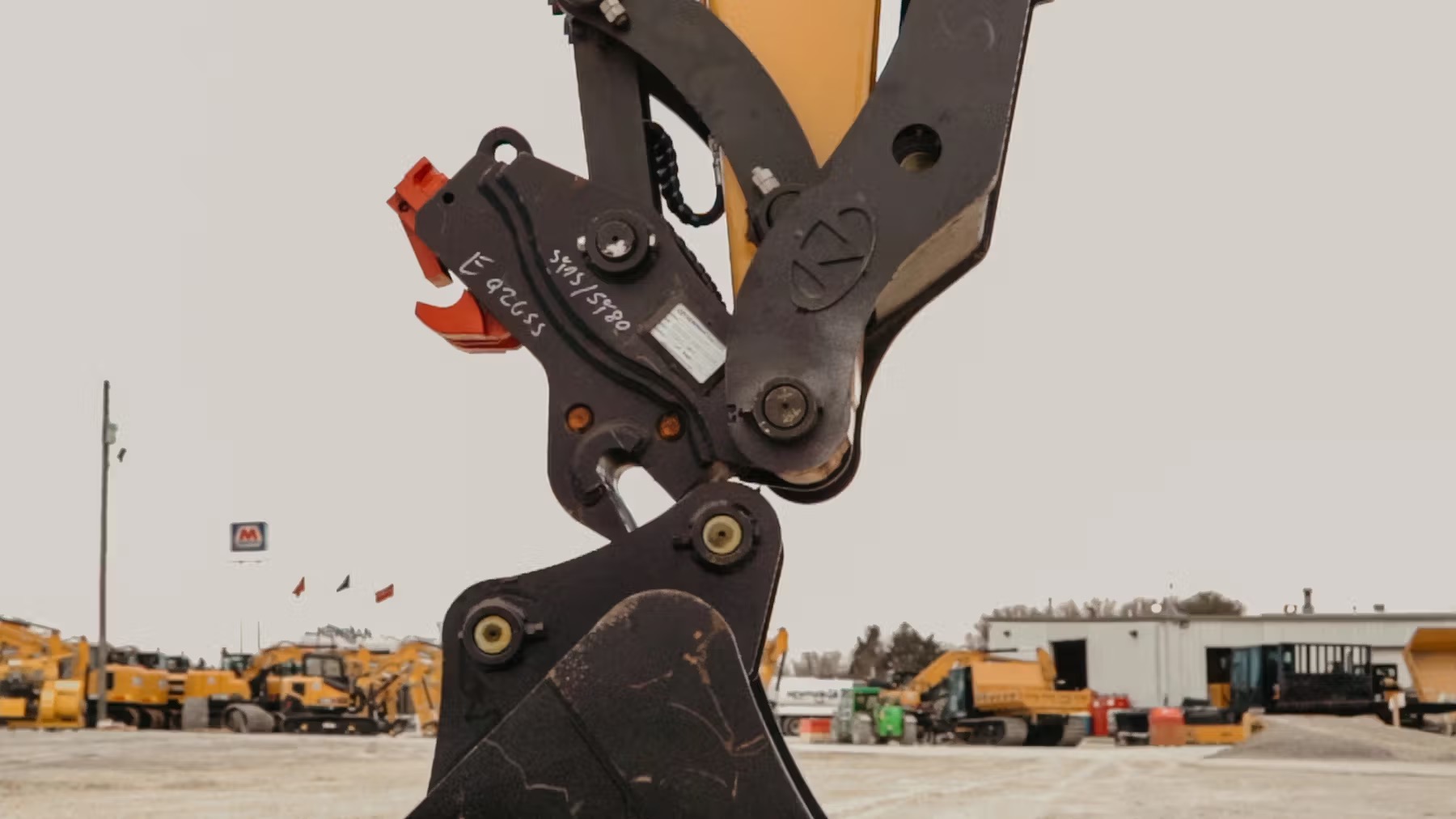
Quick couplers for excavators: a game changer for attachment efficiency
December 12, 2025
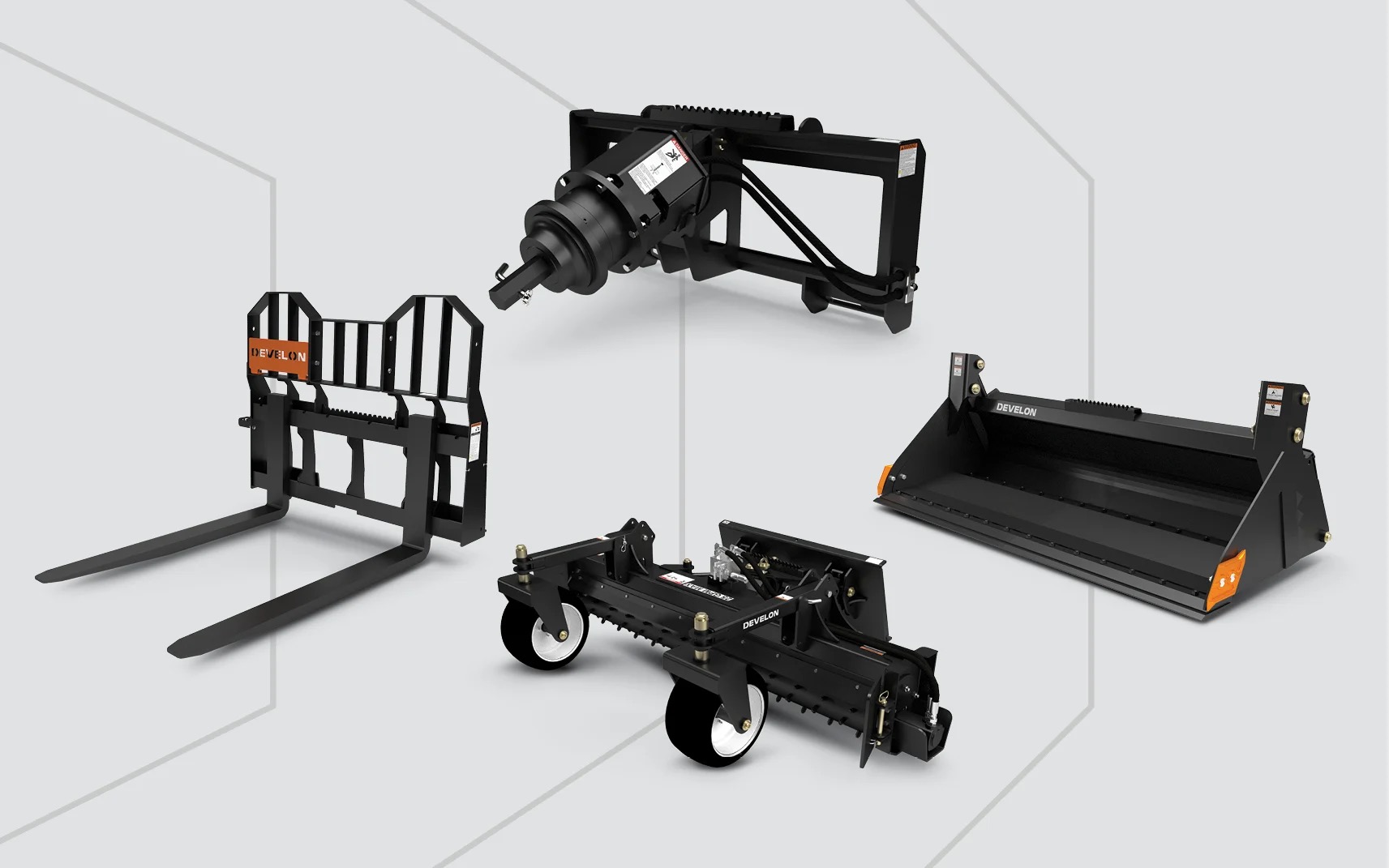
How utilizing a pin kit can enhance the performance of your compact track loader
December 12, 2025
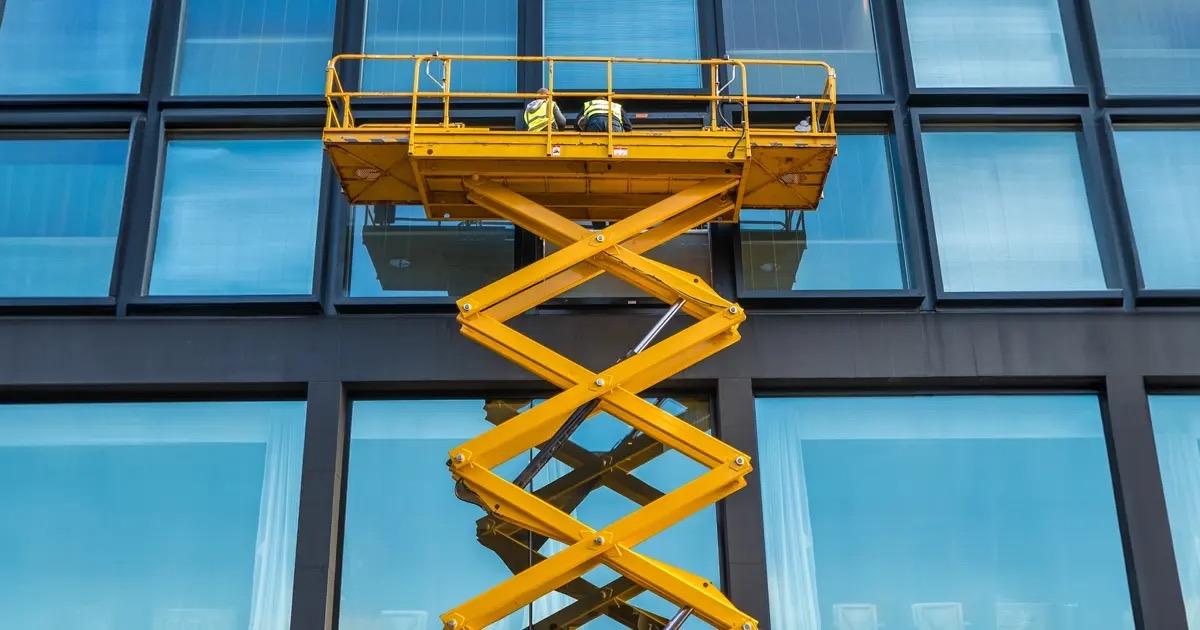
12 ways scissor lifts are used in the construction industry
December 11, 2025
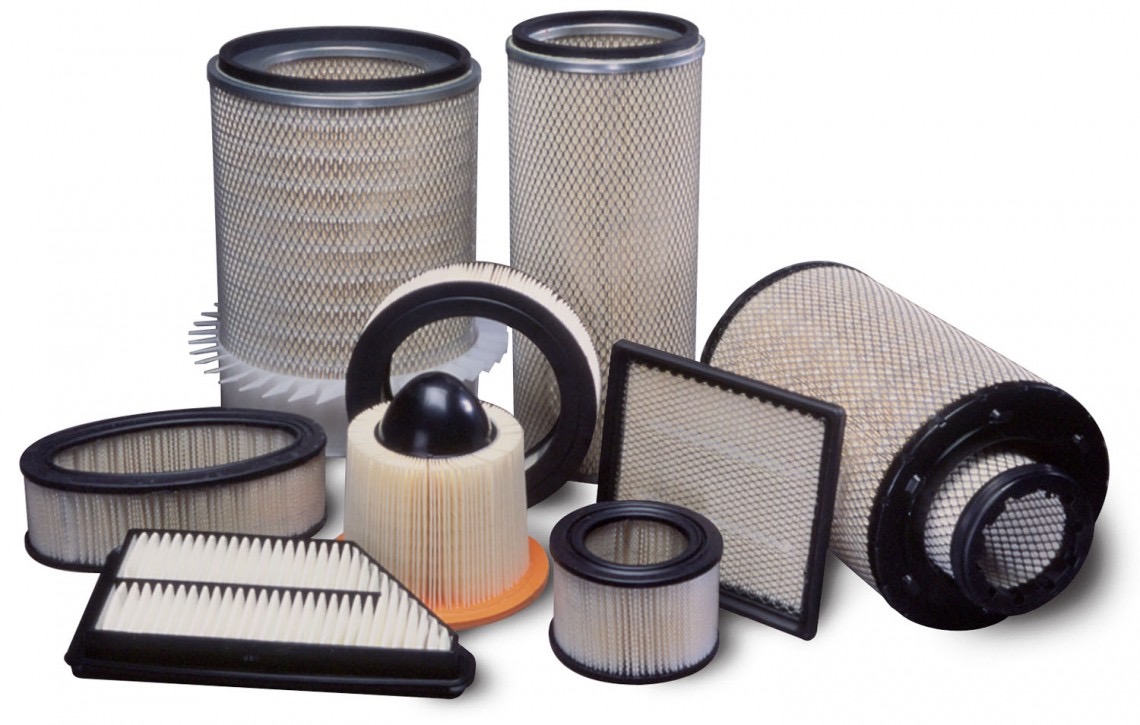
What different diesel engine smoke colors can reveal about your construction equipment
December 11, 2025